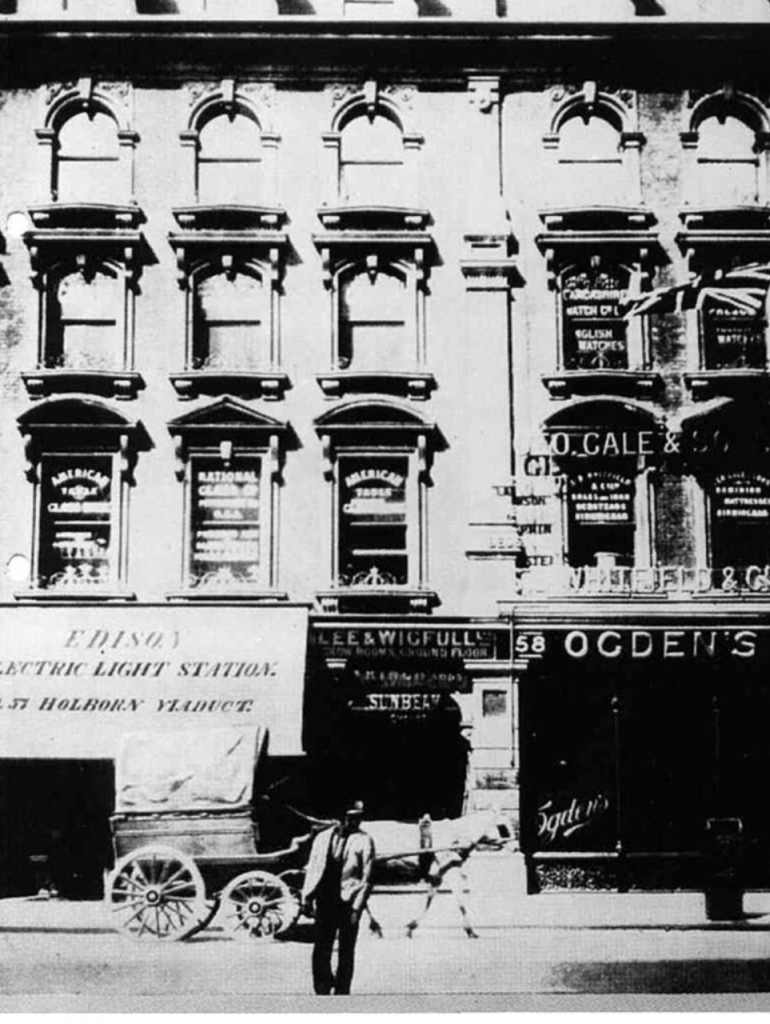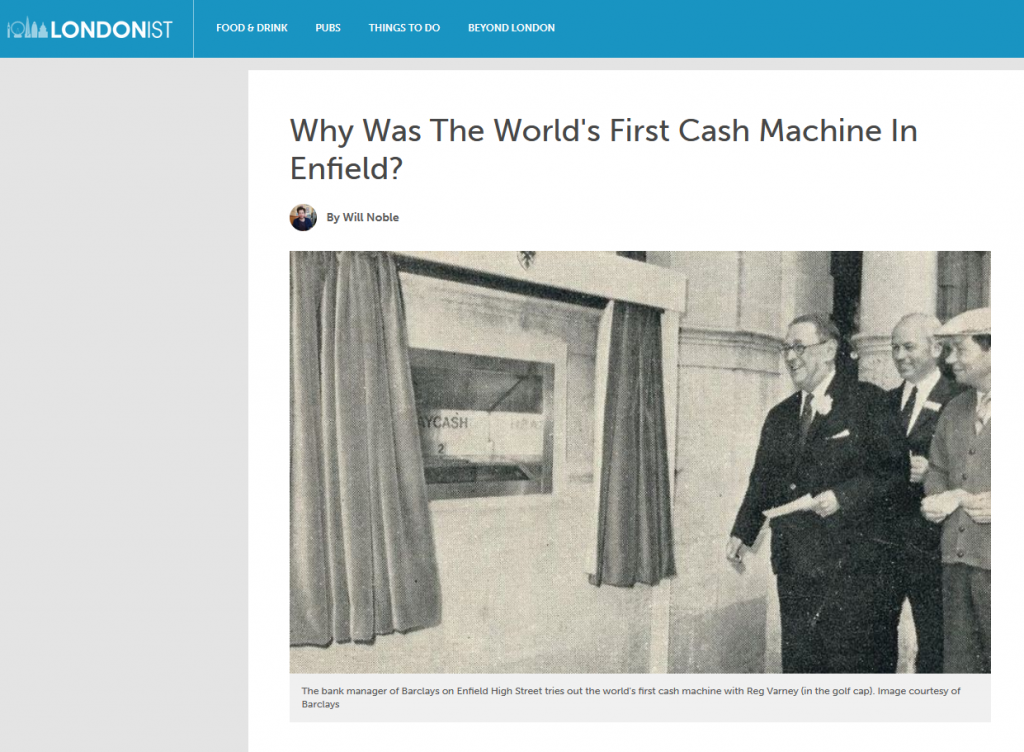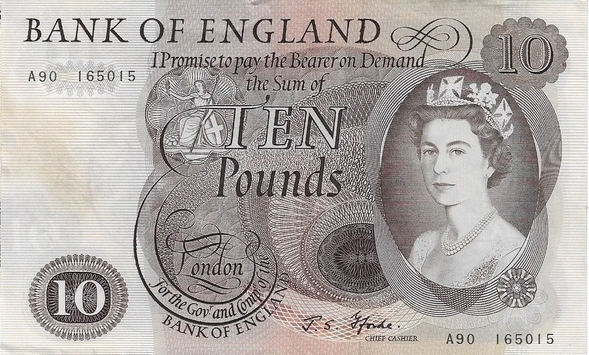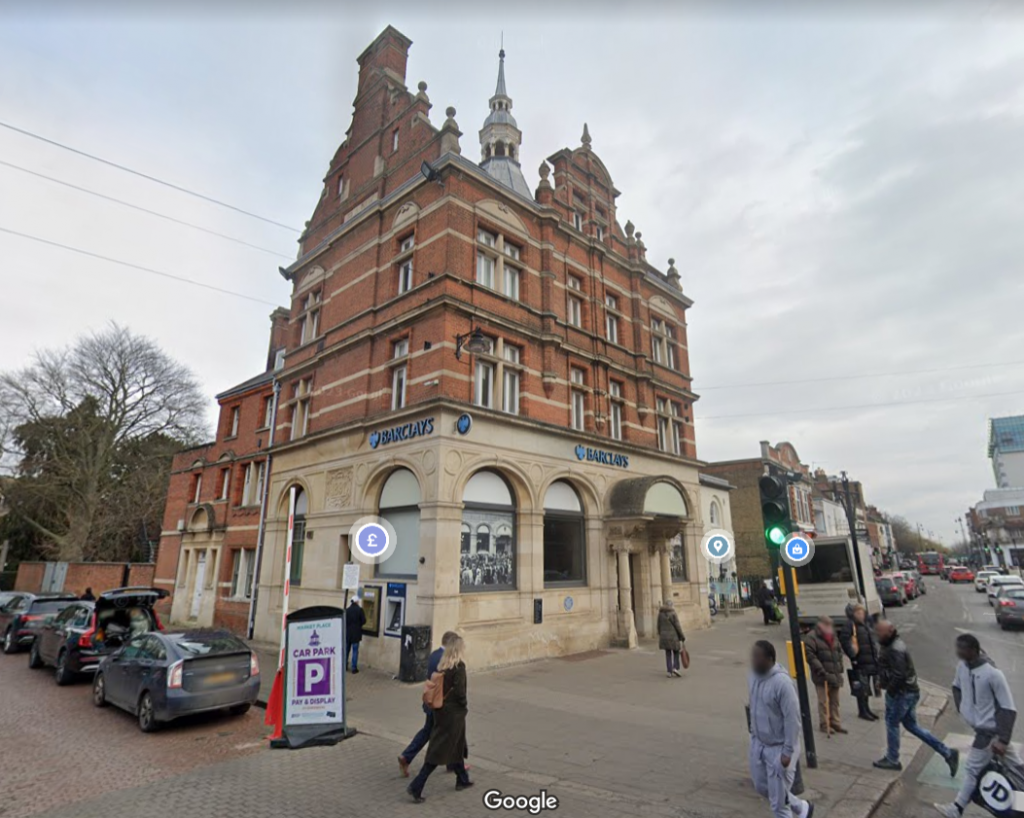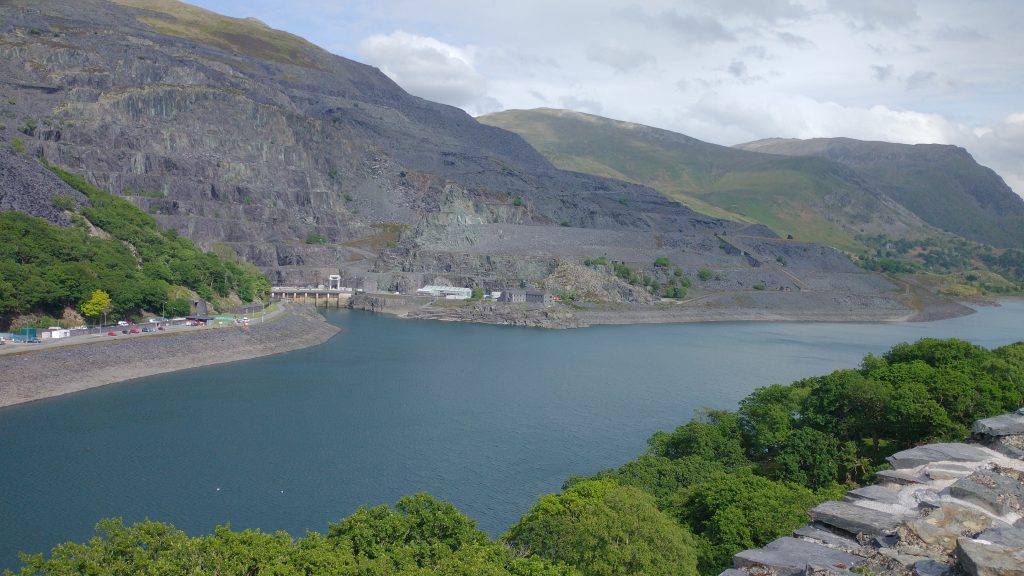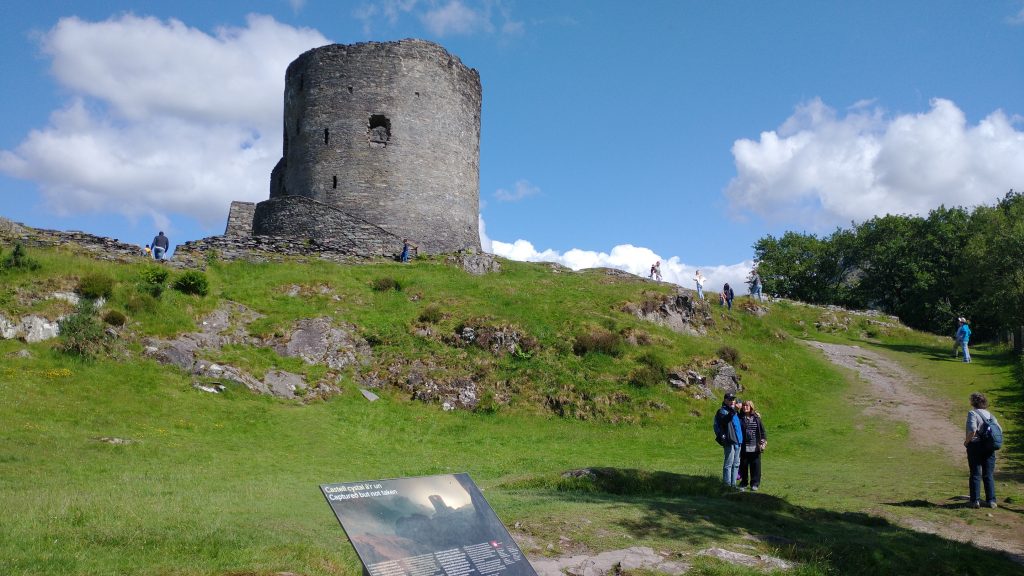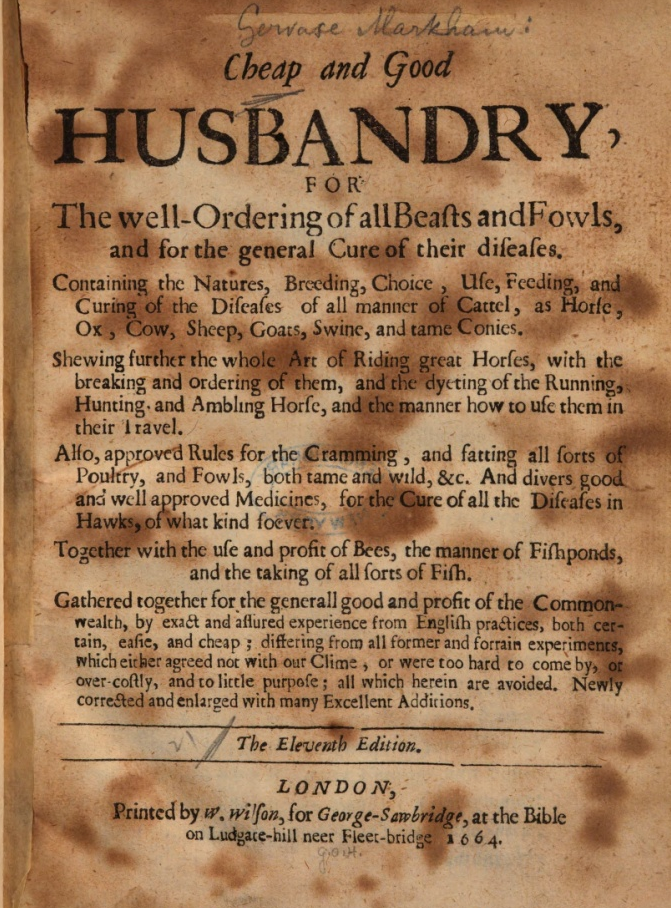
Of Setting Hens (and Spring Chickens)
Gervase Markham who wrote a heap of farming and horticulture books in the 17th Century, wrote about Spring Chickens in ‘Cheap and Good Husbandry’. He starts by suggesting this is the time to impregnate them.
The best time to set Hens to have the best, largest, and most kindly Chickens;, is in February, in the increase of the Moon, so that they may hatch or disclose her Chickens; in the increase of the next new Moon, being in March; for one brood of March Chickens; is worth three broods of any other: You may set Hens from March; till October, and have good Chickens;, but not after by any means, for the Winter is a great enemy to their breeding….
To read this section of the book follow this link.
To read about March Hares, March Chickens and more on March Chickens, look at my post: https://www.chr.org.uk/anddidthosefeet/march-28th-as-mad-as-a-march-hare/
The expression comes from the 17th Century when Spring/March Chickens were more profitable that old chickens that had gone through the winter. Commonly, it is used in the negative as in ‘Kevin ain’t no spring chicken.’
On this day
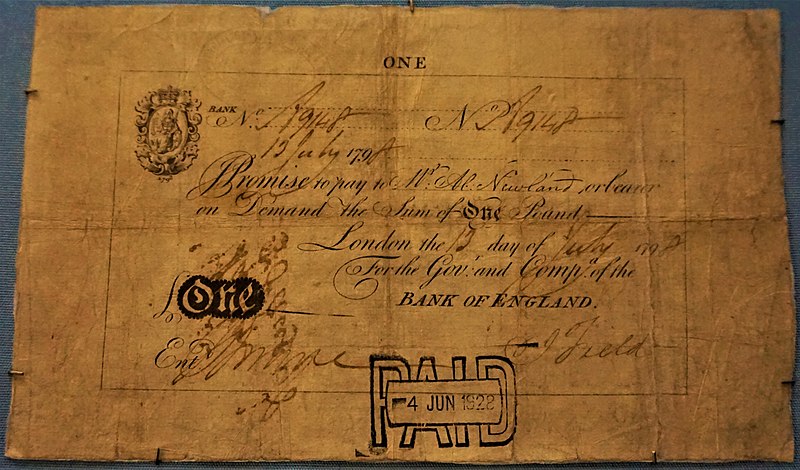
Source Joy_of_Museums Public Domain (CC by sa 4.0)
February 26th 1797 First Pound Note:
The Bank of England issued it’s first ever one pound note (although some sources say March 1797). The Bank had been issuing paper notes since the late 17th Century, but this was the first £1 note. They still had to be signed by hand and allocated to a specific person. The hand signed white paper notes were withdrawn in 1820, and the pound note was, finally, withdrawn in 1988. The £1 in 1797 was worth the equivalent of £157.46 today, so quite a big note! (see here for the calculator.)
Pound note first published 2024, Spring Chicken February 26th 2025


